In an ideal world, a single espresso basket would allow you to make half the amount of coffee as a double, and achieve exactly the same flavour as a double, all without changing the grind size. In reality, single baskets often fall short of this.
Most of the time, a single basket requires you to either use a bigger dose, or a finer grind, or both, to get an acceptable flavour. Using a bigger dose means effectively wasting a certain amount of coffee every time you make a shot — for example, a cafe might use 18 grams for a double but 11 or 12 grams for a single, therefore using 2 or 3 grams more coffee per shot. Meanwhile, if the single basket needs a different grind size, this requires investing in a separate grinder. Either way, single baskets are wasteful and expensive to use in a cafe, and in speciality coffee bars, it’s fair to say that the single basket has all but died out.
But does this mean that the single basket is always useless? For a home barista, or a cafe using a single-dose grinder to make their espressos, using a different grind size isn’t a problem. In this case, is it possible to get equally good results from a single basket? In this article, we look into the limitations of different types of single baskets, and test different designs against each other to see which type of single basket gives the best results.
Conical Baskets
For convenience, some single baskets are designed to be used with the same tamper as double baskets, so are the same size around the top.
Using the same rectangular shape as a double basket, but with half the amount of coffee, would result in the bed of coffee being half as deep. Such a shallow bed depth would mean the grind size had to be considerably finer to get a similar shot time, and make it much more likely for channels to form.
The typical design of a single basket (right) compared to a double basket (left).
To get around this, this type of single baskets are narrower at the bottom than at the top, resulting in a truncated cone shape at the bottom of the basket. This kind of shape inevitably results in uneven extraction, because the ماء التخمير can’t flow downwards evenly across the coffee bed. A simplified simulation of flow through a conical single basket demonstrates this — the flow is faster in the middle at the top of the basket, and faster around the edge at the bottom. This sort of uneven flow will contribute to تكوين القنوات in the shot.
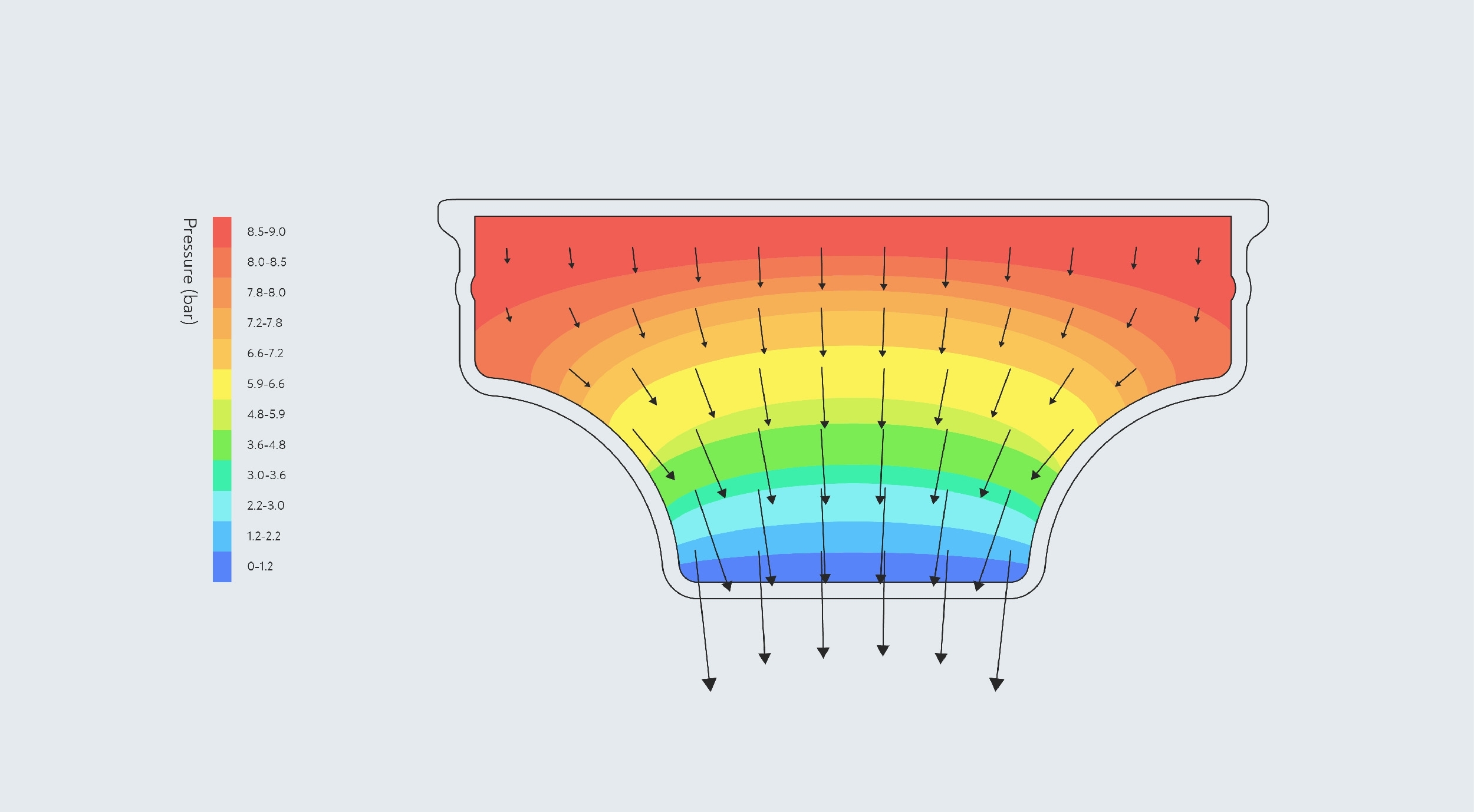 A simulation of flow in a single basket. The size of the arrows represents the velocity of flow, while the colour indicates the pressure. At the top of the basket, the flow is fastest through the middle, while at the bottom of the basket the flow is fastest around the sides. Simulated using SimScale computational fluid dynamics software.
A simulation of flow in a single basket. The size of the arrows represents the velocity of flow, while the colour indicates the pressure. At the top of the basket, the flow is fastest through the middle, while at the bottom of the basket the flow is fastest around the sides. Simulated using SimScale computational fluid dynamics software.
To make matters worse, it’s likely that the bed of coffee in a basket this shape is unevenly tamped, too. In our Advanced Espresso course, we explain how the concept of ‘jamming’ relates to tamping. In short, when enough coffee particles are in contact with each other, the coffee bed can’t be compressed any further. Think of it like pressing on a spring — once the spirals in a spring are touching each other, the spring is jammed, and can’t be compressed any further. In a classic single basket design, the sides of the basket will jam much sooner than the middle.
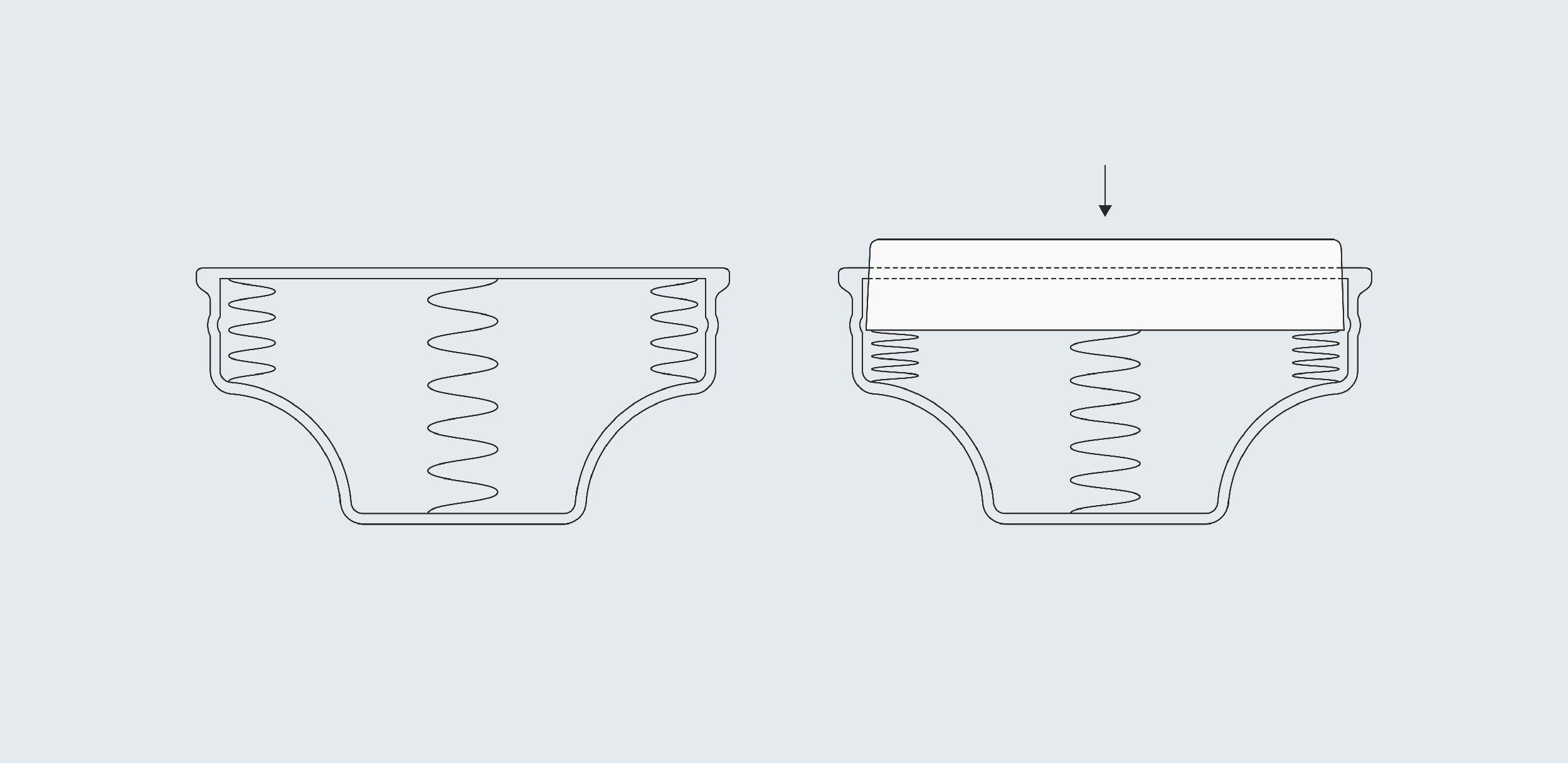 The sides of a single basket will jam before the middle. Imagine the coffee bed as a series of springs, waiting to be compressed by a tamper. On tamping, the springs at the side will become fully compressed and jam before the middle of the القُرص is fully compressed. The coffee density at the sides will therefore be greater than in the middle.
The sides of a single basket will jam before the middle. Imagine the coffee bed as a series of springs, waiting to be compressed by a tamper. On tamping, the springs at the side will become fully compressed and jam before the middle of the القُرص is fully compressed. The coffee density at the sides will therefore be greater than in the middle.
When the bed of coffee is fully compressed around the edges, then the centre of the القُرص will still be only partially tamped, resulting in uneven density in the القُرص, creating تكوين القنوات.
The Straight-sided Single
To overcome these problems with the classic design, some manufacturers have created single baskets that result in a القُرص with straight sides. They are 58mm across at the top to fit into a standard group head, but the sides of the basket are then stepped inwards, to create a narrower cylinder below which holds the coffee.
ال single basket with straight sides. The coffee is supposed to fill just the central section of the basket as shown.
In this design, the coffee is supposed to only fill the central cylinder, which then acts like a sort of mini-basket, with the same straight sides as a double basket. This design needs a narrower tamper to fit the cylinder, and some machines ship with a double-ended tamper specifically for this purpose. A dosing funnel designed for this kind of basket can make filling and tamping them correctly much easier.
Putting Baskets to the Test
To see how effective straight-sided baskets are, we asked BH Coach and 2009 World Barista Champion Gwilym Davies to test them out for us. He compared three types of basket: A conical basket, designed to be used with the standard 58mm tamper; a straight-sided basket, designed to be used with a smaller tamper; and a semi-conical design, which can also be used with a 58mm tamper, and has a straight sided section at the bottom of the القُرص, then sloping walls higher up the basket to accommodate the tamper.
With the straight-sided basket, using half the dose, the shot time was very similar, without needing to change the grind size. The resulting shots had a slightly lower TDS, but an acceptable flavour, with a slight ‘dusty’ flavour possibly indicating more تكوين القنوات than with the double basket.
With the semi-conical basket, Gwilym compared the extraction to a double basket from the same manufacturer. The shot time at the same grind size was very slightly faster, and the extraction was considerably lower, indicating uneven extraction.
Finally, with the conical baskets, Gwilym carried out two tests: firstly, using the same grind size as for the standard double basket, the shots ran much more quickly, and extracted lower than either the straight-sided or semi-conical designs. Next, he adjusted the grind size to achieve the same shot time as the previous shots — but even at this finer grind size, the extraction was lower than for the straight-sided or semi-conical designs.
These results suggest that the straight-sided basket design allows for more even extraction than the other types of single basket. The extraction from a straight-sided single basket is still slightly less even than from a double basket, but resulted in acceptable espressos.
The Downside of Straight Sides
While the straight-sided single basket results in more even extraction compared to a conical basket, it still has its drawbacks. Firstly, the sides of the cylinder are often not perfectly straight, and depending on the amount of coffee you use, and the size of your tamper, there may be a certain amount of untamped coffee around the edge of the basket. Since the basket is only made in a single size, it also limits your options for tweaking the dose, and gives you no control over the مساحة الرأس, which is much larger than would be typical for a double basket.
With a narrower basket, there is more ‘edge’ relative to the area of the basket. تكوّن القنوات is more common around the edges of the basket, partly because tampers never reach perfectly to the edge of the basket, but also because of something called the wall effect.
Even if the extraction from this kind of basket were just as good as a double basket, there are still compelling reasons not to use it in a cafe anyway. Firstly, it requires using a separate tamper and dosing funnel, and keeping a second grinder dialed in, or using a single dosing grinder. This can waste coffee, and will slow down the barista’s workflow considerably.
There’s also not much advantage to using single baskets in a cafe setting, at least in countries where most customers aren’t drinking single espressos. After serving a single espresso from a double basket, it’s common practice to keep the second shot back to use in a future drink. Our taste testing shows that if that espresso is being put into a milk drink, there’s no deterioration in flavour, even after an hour. With that in mind, making single espressos in a cafe setting is rarely worth the extra cost, time, and wasted coffee involved.
For a home barista, however, it should be perfectly possible to get good espresso from a well-designed single basket — so don’t worry too much about what the baristas in your local cafe are doing, as long as the single espresso tastes good to you.
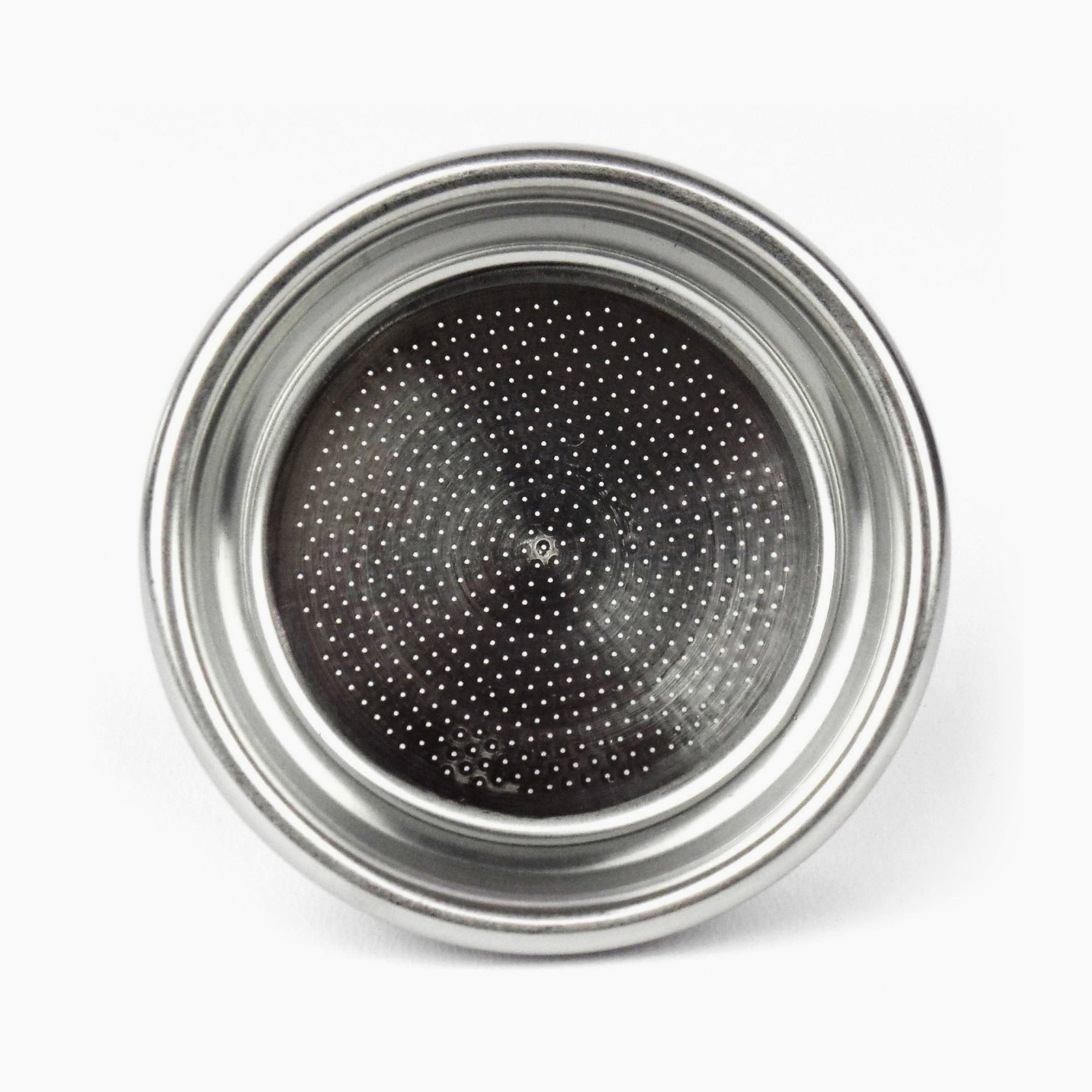
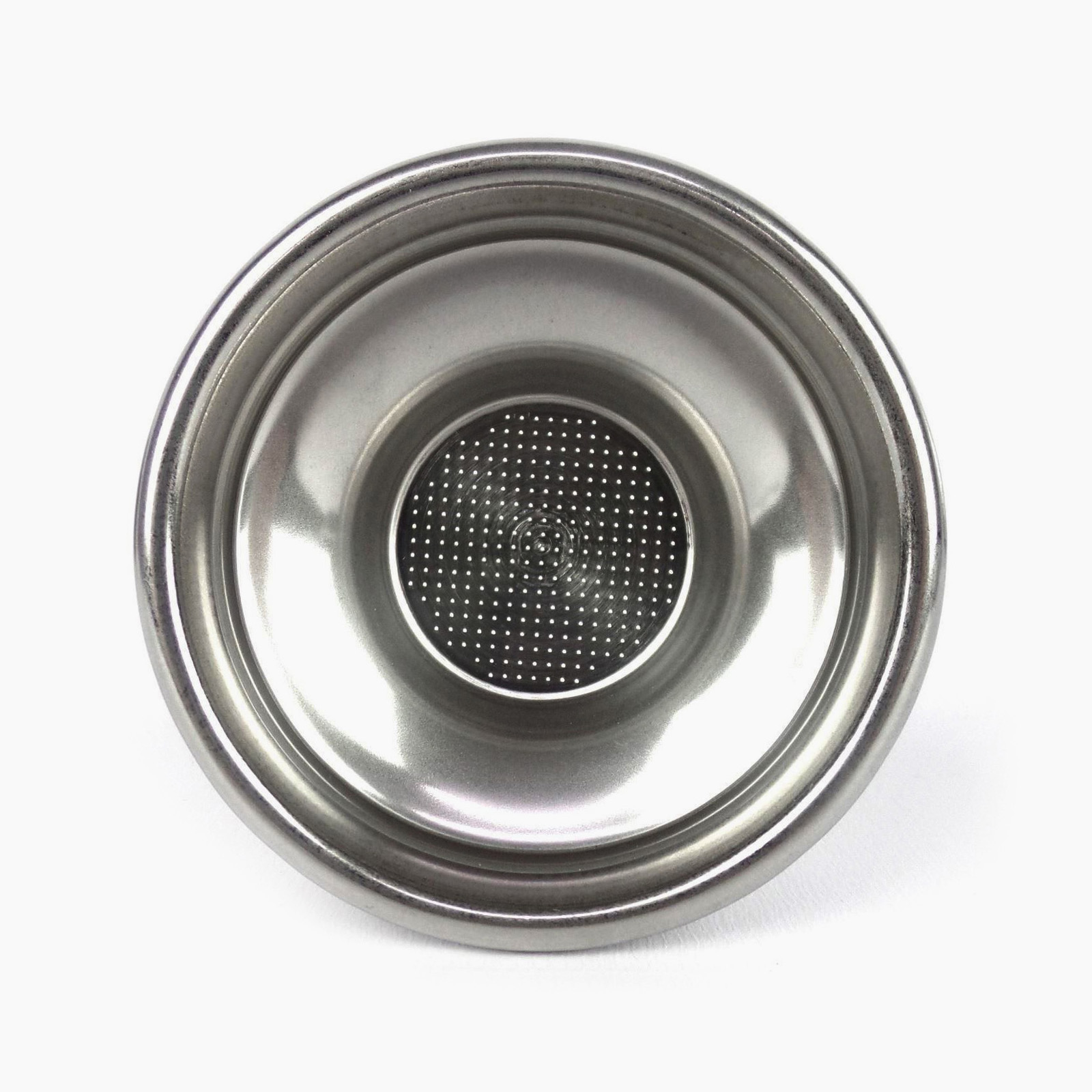
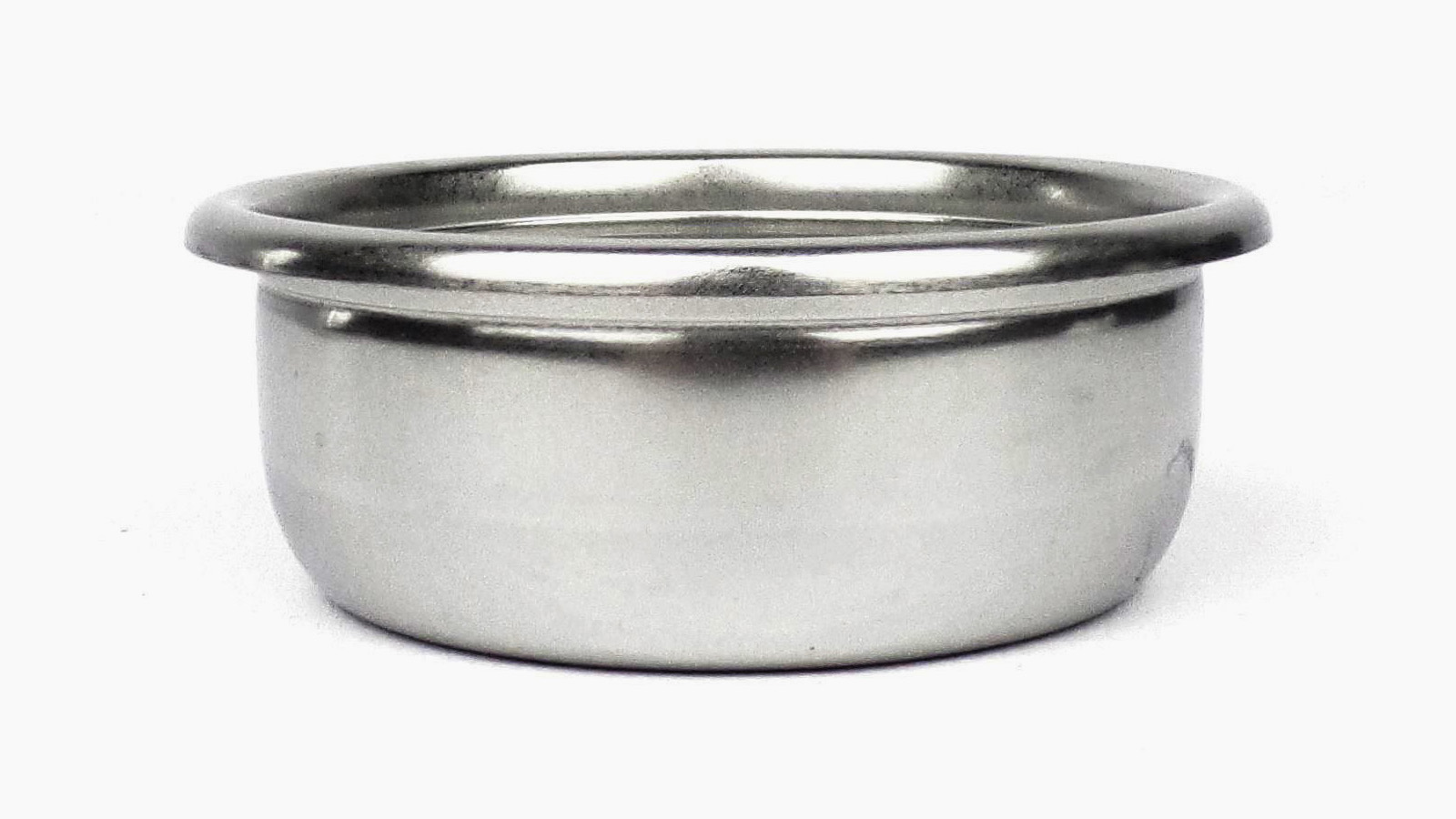
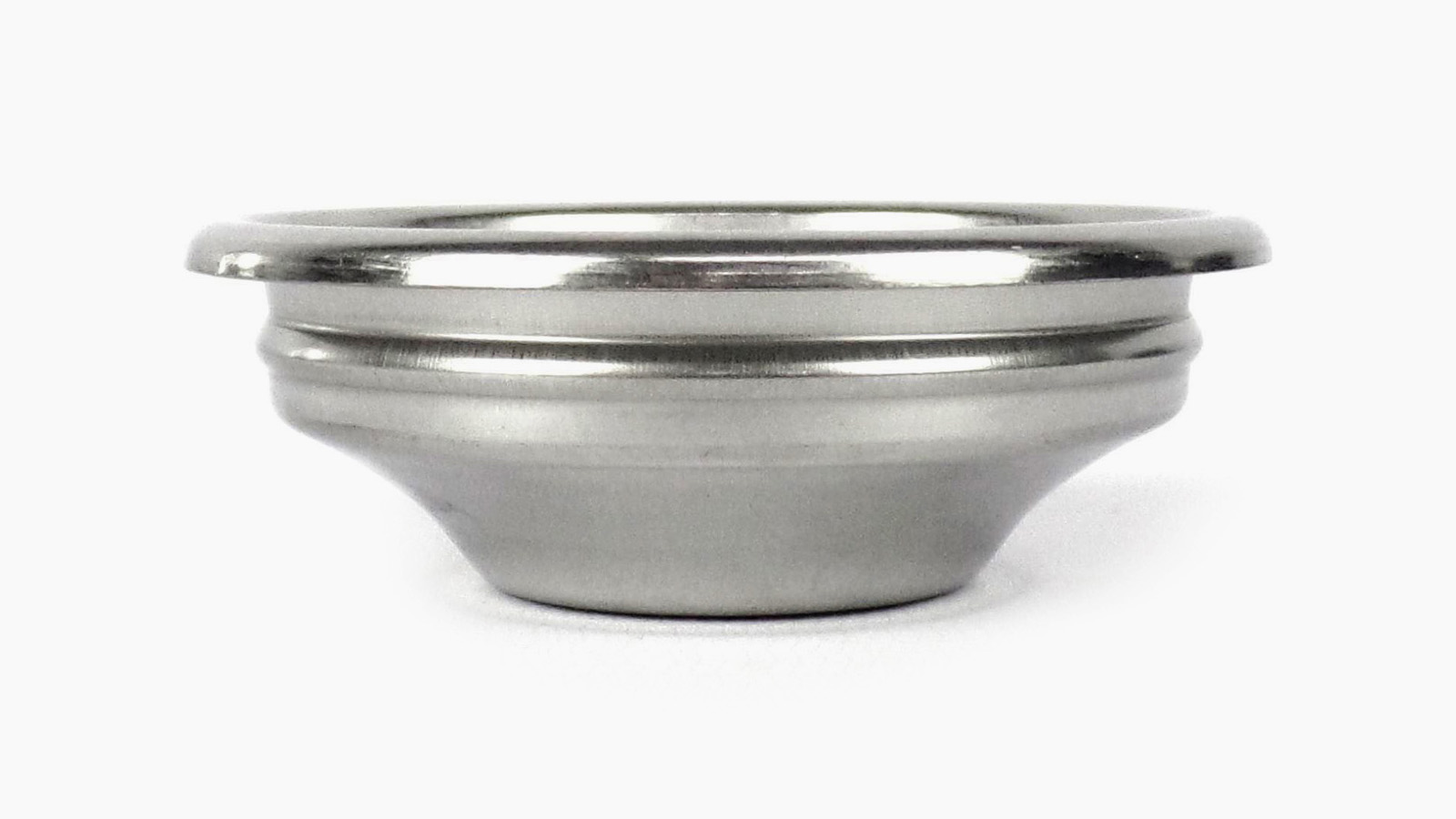

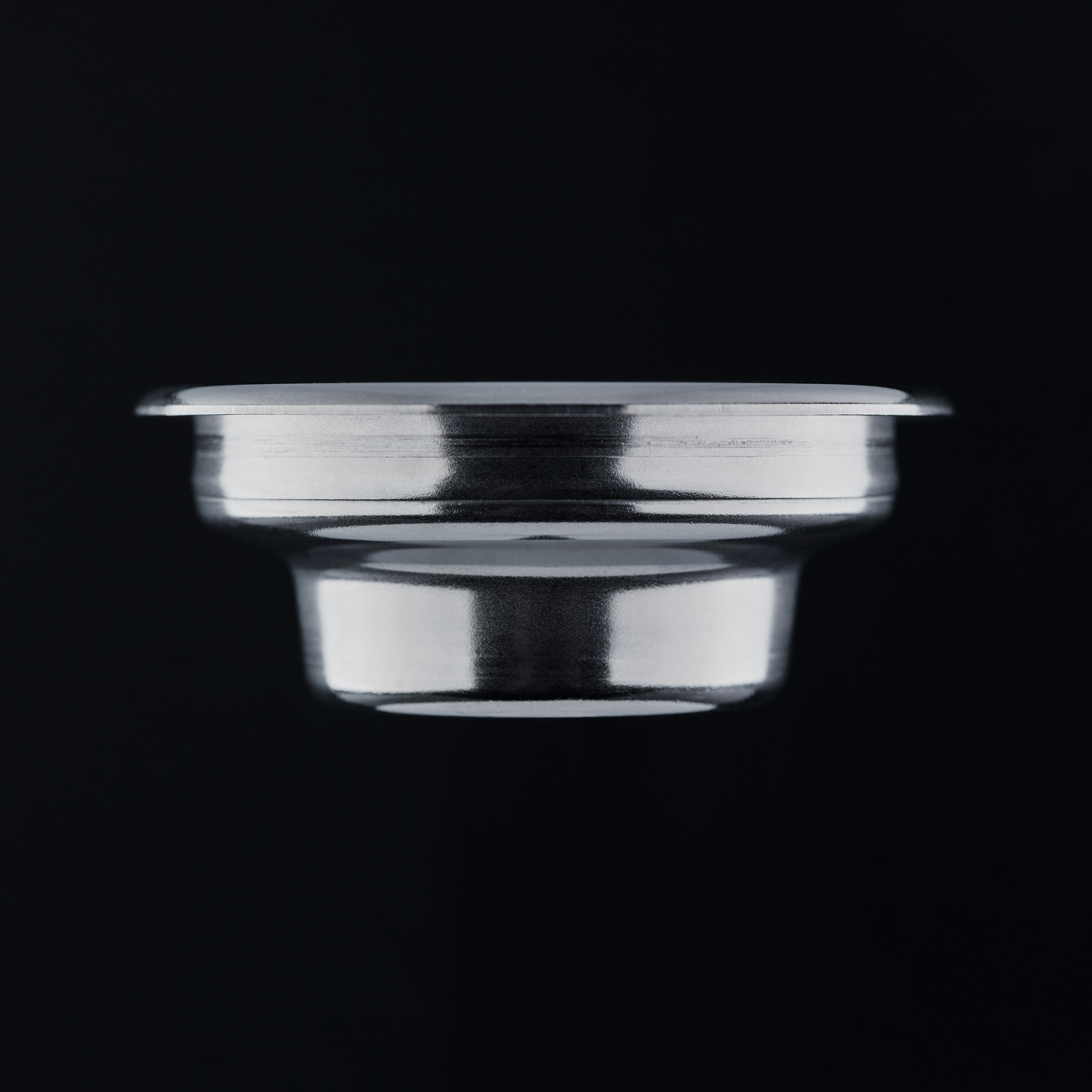
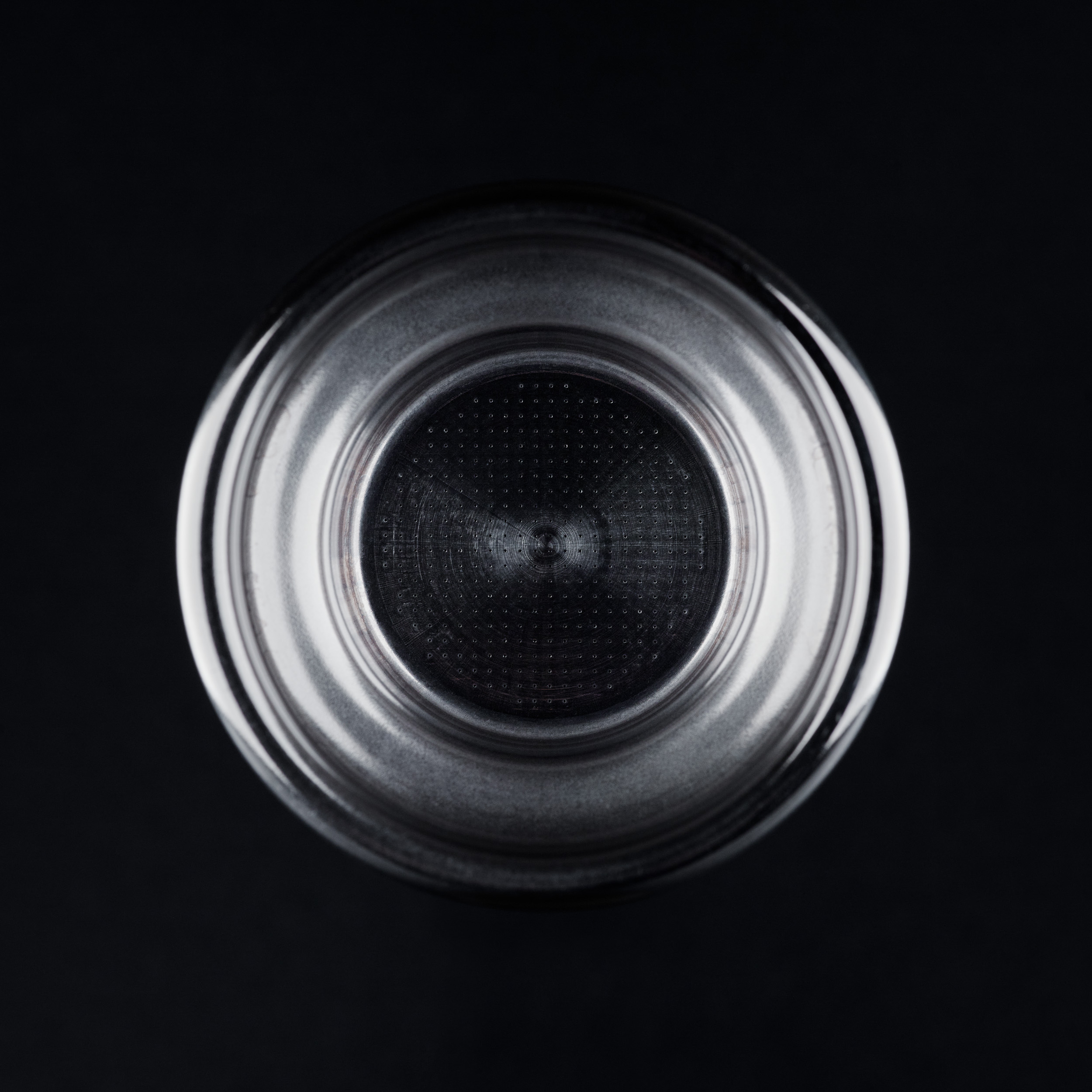
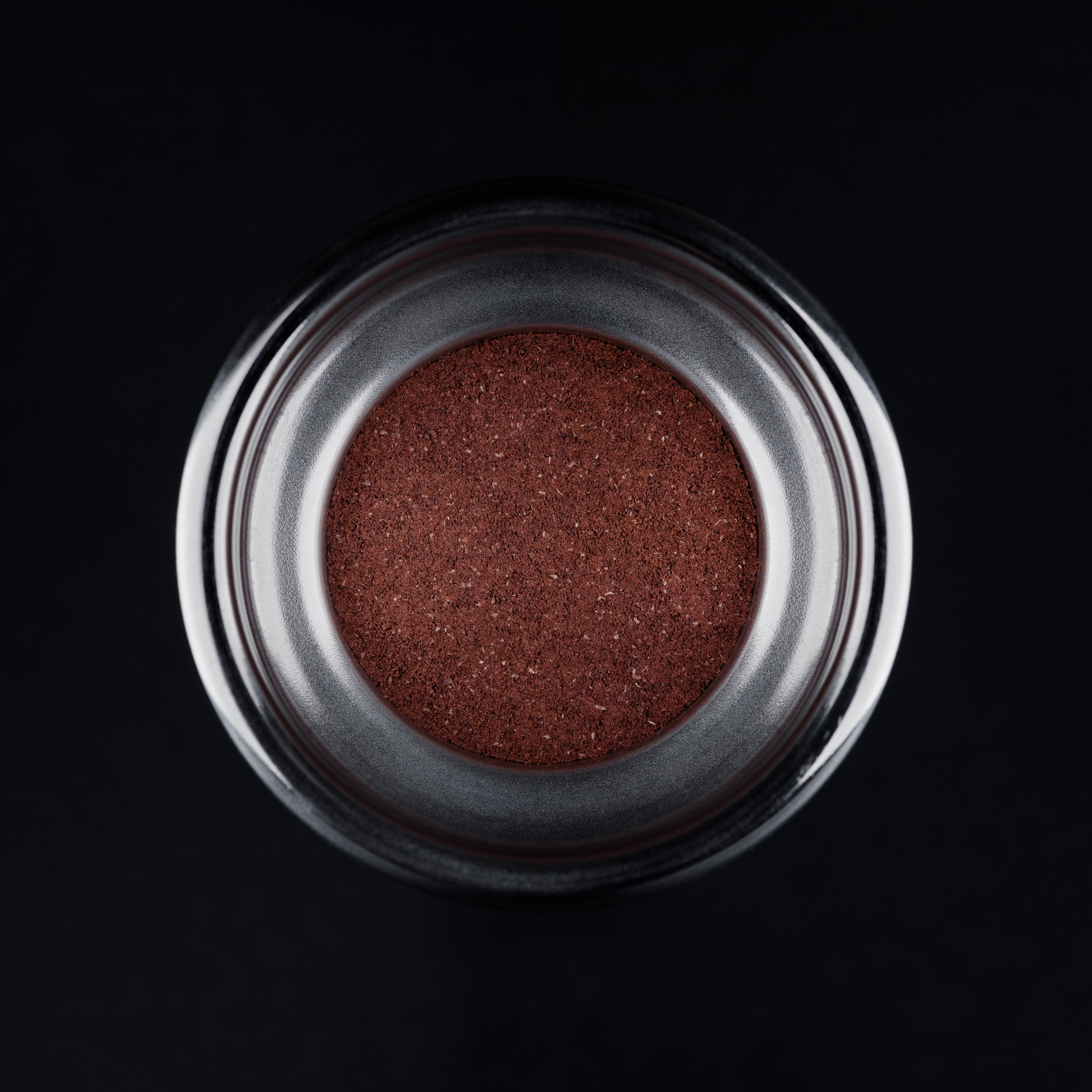
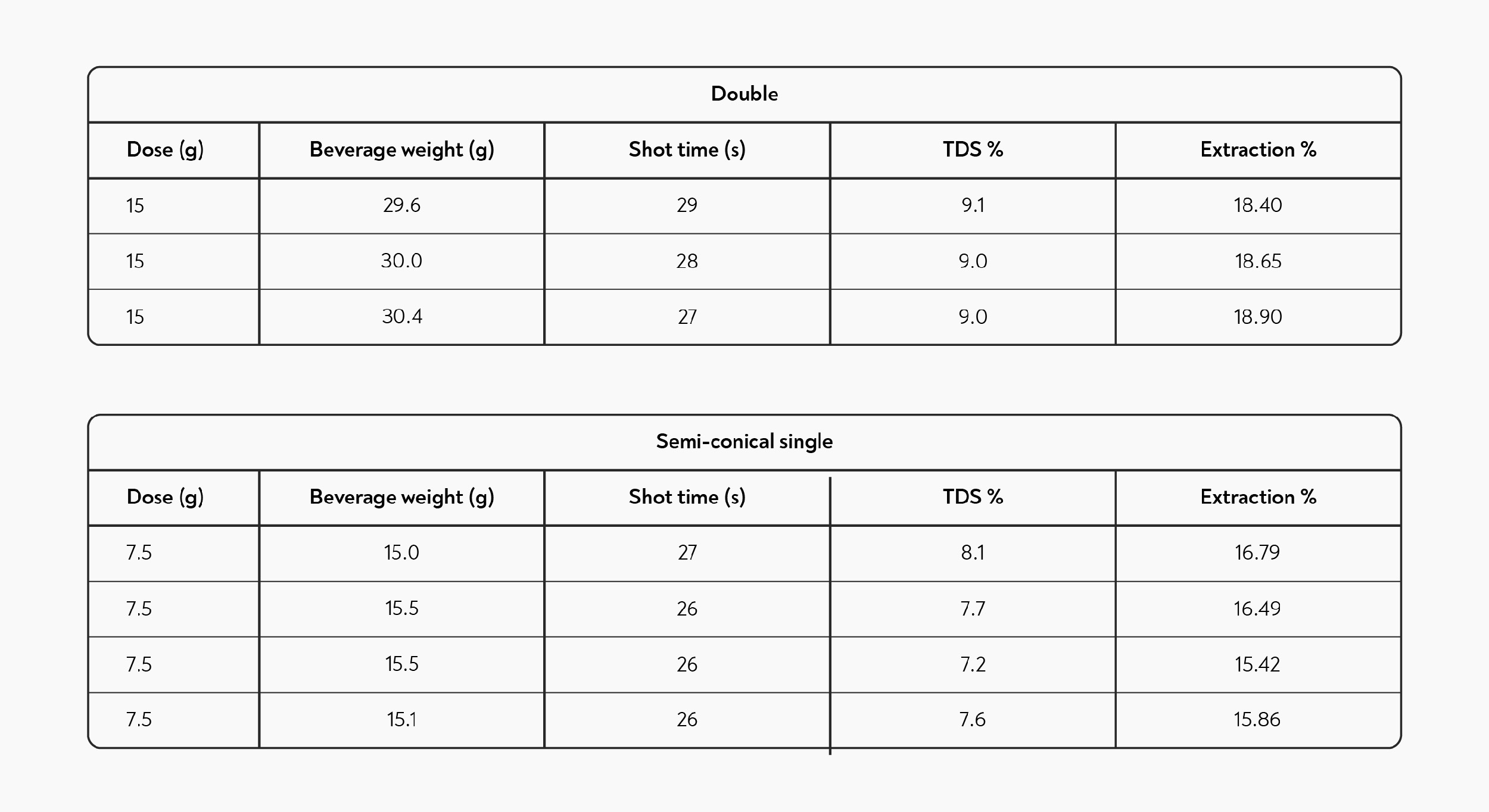
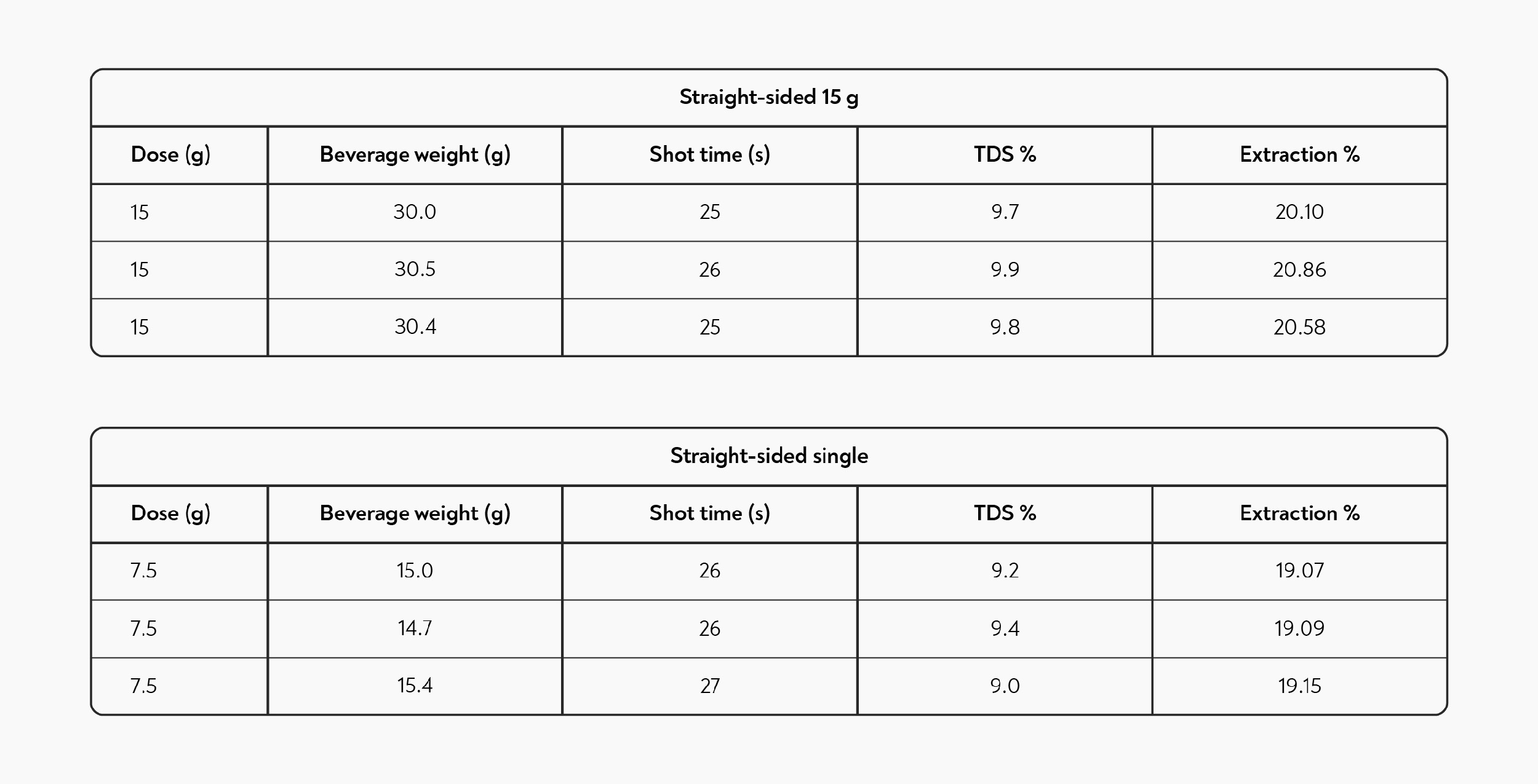
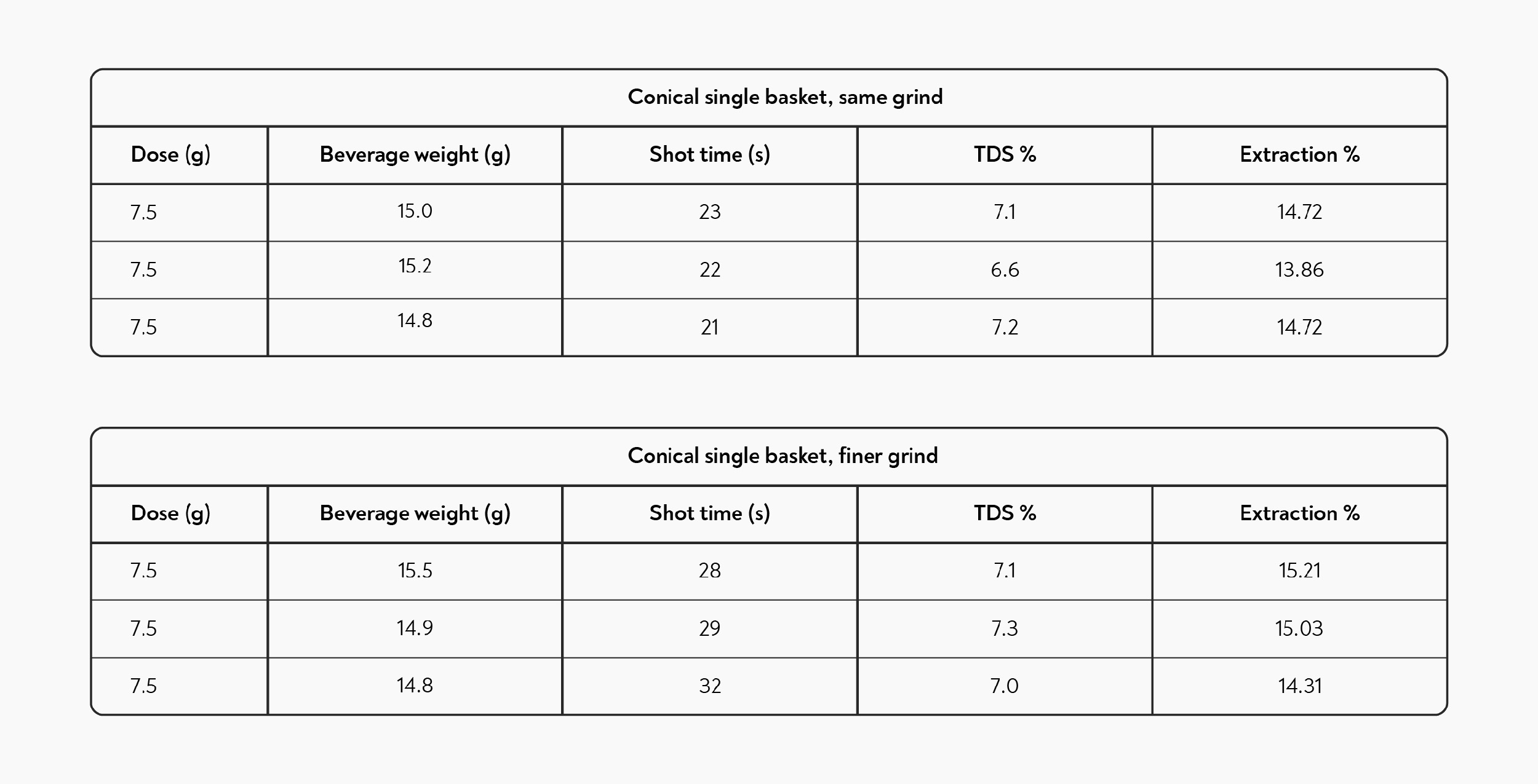



I have a question regarding this statement:
“To get around this, this type of single baskets are narrower at the bottom than at the top, resulting in a truncated cone shape at the bottom of the basket. This kind of shape inevitably results in uneven extraction, because the brew water can’t flow downwards evenly across the coffee bed.”
On page 42 of the “The Professional Barista’s Handbook” Scott Rao states, “In a single basket, the greater flow per unit area area in the lower layers results in a higher extraction yield from those layers. Therefore, in these hypothetical extractions, the shape of the single basket provides a more uniform extraction.”
What am I to believe?
Thanks for posting Vicosku, Scott’s argument about single baskets in the PBH was just theoretical, but as you can see from Gwilym’s experiments, the measured extraction yields were significantly lower in the single baskets which is a big indicator of uneven flow.
Thank you! Glad to see things moving forward.